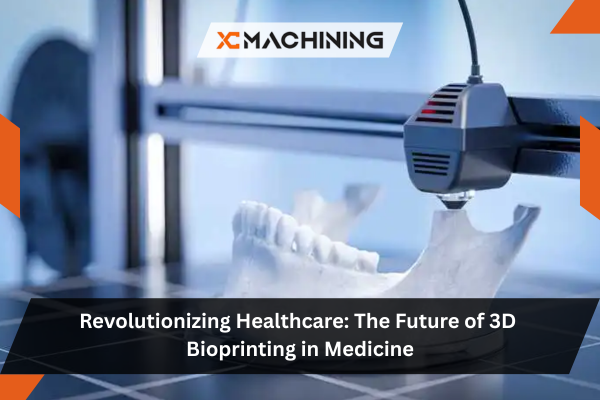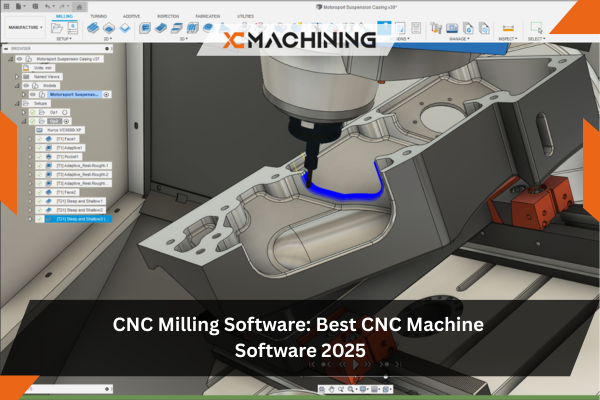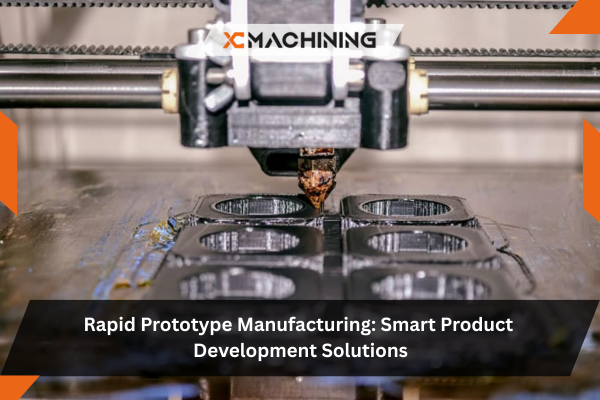magine walking into a hospital where doctors aren’t just prescribing treatments but actually printing out body parts to save lives. Sounds like something from a sci-fi movie, right? Well, it’s not! Thanks to 3D bioprinting, this futuristic idea is becoming a reality.
In a nutshell, 3D bioprinting is like regular 3D printing, but instead of using plastic or metal, it uses cells and biological materials to create living tissues. This technology is shaking up the medical world in ways we couldn’t have dreamed of. From organ transplants to personalized medicine, 3D bioprinting is making huge strides.
What is 3D bioprinting?
Let’s start with the basics. 3D bioprinting is a process where a special printer creates three-dimensional structures using living cells, also known as bio-inks. These printers layer cells, just like a regular 3D printer layers plastic, to build up tissues or even organs.
Imagine printing a heart valve or a piece of skin that’s what we’re talking about! It’s not just cool; it’s life-saving.
How does it work?
It’s not as simple as hitting “print” on your computer. Here’s a simplified breakdown:
- Cell Harvesting: First, scientists collect cells from the patient or a donor.
- Bio-ink Preparation: These cells are mixed with a special gel to form a bio-ink.
- Printing: The bio-ink is loaded into a bioprinter, which prints the desired tissue layer by layer.
- Maturation: The printed tissue is placed in a bioreactor to grow and mature into functional tissue.
Bioprinting can be done using various techniques, such as extrusion-based bioprinting, laser-assisted bioprinting, and inkjet pad printing machine. Each method has its unique advantages and is suited for different types of tissues.
Historical evolution of 3D bioprinting
The concept of 3D bioprinting may seem futuristic, but it has been in development for decades. Here’s a quick look at the major milestones in its evolution:
- 1988: The first 3D printer was created by Charles Hull. Although it wasn’t designed for biological use, it laid the groundwork for future advancements.
- 2003: The term “bioprinting” started gaining traction when researchers began experimenting with printing living cells.
- 2009: The first commercially available 3D bioprinter was introduced by the company Organovo.
- 2013: Scientists successfully bioprinted functional human liver tissue for the first time.
- 2021: Researchers bioprinted a miniature human heart, complete with chambers and blood vessels.
As technology continues to evolve, 3D bioprinting is expected to become even more sophisticated and widely adopted.
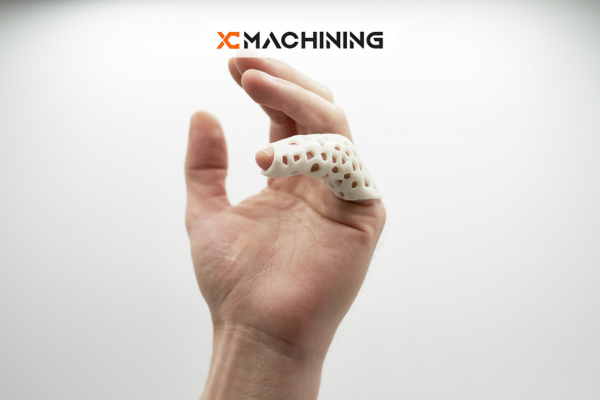
Types of 3D bioprinting technologies
There are several types of 3D bioprinting technologies, each with its specific applications and advantages.
1. Extrusion-based bioprinting
This is one of the most common methods used. In extrusion-based 3D printing in prototyping, the bio-ink is pushed out through a nozzle, creating layers of tissue. It’s ideal for creating larger structures like bones and cartilage.
2. Inkjet bioprinting
Inkjet bioprinting works similarly to your regular printer. It sprays small droplets of bio-ink onto a surface to build tissues layer by layer. This method is often used to create skin tissues and other thin layers.
3. Laser-assisted bioprinting
Laser-assisted bioprinting uses a laser to transfer bio-ink to a surface. It’s highly precise and can create intricate structures. This method is commonly used for more delicate tissues, like blood vessels and nerves.
Comparison of 3D bioprinting with traditional medical practices
How does 3D bioprinting stack up against conventional methods used in tissue engineering and prosthetics? Let’s break it down:
| Aspect | Traditional Practices | 3D Bioprinting |
| Tissue Engineering | Time-consuming and less precise | Faster and highly precise |
| Organ Transplants | Requires donor organs | Eliminates the need for donors |
| Prosthetics | Generic and mass-produced | Customized and patient-specific |
| Drug Testing | Often tested on animals | Uses bioprinted human tissues for more accurate results |
While traditional methods have served us well, 3D bioprinting offers a more personalized and efficient approach.
Real-life case studies
Here are some inspiring real-life examples of how 3D bioprinting is already making a difference:
Case Study 1: Bioprinted skin for burn victims
In Spain, scientists successfully used 3D bioprinting to create skin grafts for burn victims. The grafts were made from the patient’s own cells, reducing the risk of rejection and speeding up the healing process.
Case Study 2: Bioprinted cartilage for knee injuries
Researchers in the U.S. have developed bioprinted cartilage to repair damaged knees. The bioprinted cartilage matches the patient’s own tissue, making it a perfect fit.
Case Study 3: Bioprinted heart patches
In Israel, a team of scientists created a bioprinted heart patch to help patients with heart failure. The patch contains living cells and blood vessels, which integrate with the patient’s heart tissue.
These case studies show that bioprinting isn’t just a futuristic concept—it’s already saving lives.
Current applications of 3D bioprinting in medicine
3D bioprinting is already being used in several areas of healthcare. Here are some of the most exciting applications:
1. Organ and tissue printing
One of the most groundbreaking uses of 3D bioprinting is creating organs and tissues. This could eventually solve the organ donor shortage.
Fact Box: Did you know? About 17 people die each day waiting for an organ transplant in the U.S. alone.
While we’re not yet printing fully functional organs for transplants, scientists have successfully printed skin, bone, and even heart tissues. These printed tissues are used in research and drug testing.
2. Personalized medicine
Imagine a world where your medication is custom-made just for you. 3D Printer Parts can make that happen by printing personalized drug delivery systems and tissues for testing.
This means fewer side effects and better outcomes—pretty cool, right?
3. Prosthetics and implants
3D bioprinting can create customized prosthetics and implants that fit perfectly. This reduces the risk of complications and makes recovery easier for patients.
4. Cancer research
Bioprinted tissues can be used to study cancer cells in a lab, leading to better treatments and drugs.
5. Drug development
Pharmaceutical companies are using bioprinted tissues to test new drugs. This reduces the need for animal testing and provides more accurate results.
Here’s a quick table summarizing these applications:
| Application | Description | Current Status |
| Organ Printing | Creating tissues and organs | In research phase |
| Personalized Medicine | Custom drug testing and treatments | Emerging |
| Prosthetics | Customized prosthetics and implants | Already in use |
| Cancer Research | Using bioprinted tissues for better cancer treatments | In research phase |
| Drug Development | Testing new drugs on bioprinted tissues | Already in use |
Bioprinting in veterinary medicine
Did you know that 3D bioprinting is also being used in veterinary medicine? Here are some examples:
- Custom prosthetics for pets: Dogs and cats with missing limbs can receive bioprinted prosthetics that fit perfectly.
- Tissue repair: Vets use bioprinted tissues to treat animal injuries, such as damaged cartilage or skin.
- Cancer research: Bioprinted tissues are helping researchers study cancer in animals and develop better treatments.
This shows that bioprinting isn’t just for humans—it’s helping our furry friends, too!
The future of 3D bioprinting in healthcare
The possibilities with 3D bioprinting seem endless. Here’s what the future might hold:
1. Full organ transplants
Imagine a future where you don’t have to wait for a donor organ. Bioprinting could make that happen. Scientists are already working on sustainable 3D Printing functional hearts, kidneys, and livers.
This would not only save countless lives but also reduce the risk of organ rejection since the organs could be made from the patient’s own cells.
2. Regenerative medicine
Bioprinting could help regenerate damaged tissues and organs, reducing the need for invasive surgeries.
For example, someone with severe burns could receive bioprinted skin grafts made from their own cells, speeding up healing and reducing the risk of infection.
3. Space medicine
Believe it or not, 3D bioprinting is being tested in space! Astronauts could use bioprinters to create tissues and organs during long missions.
4. Cosmetic applications
In the future, 3D bioprinting could be used for cosmetic purposes, like creating customized skin grafts or even printing hair follicles for people dealing with hair loss.
5. Bioprinting food
While not directly related to healthcare, bioprinting food could have a huge impact on nutrition in hospitals and care homes. Imagine printing personalized meals based on a patient’s dietary needs!
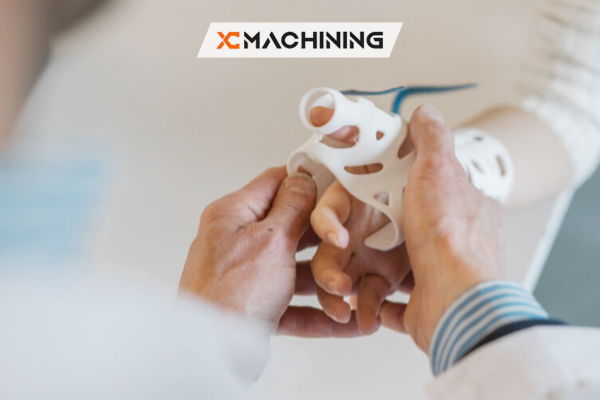
Ethical considerations of 3D bioprinting
3D bioprinting raises several ethical questions. While the technology has immense potential, it also brings up concerns about the boundaries of science.
- Should we print human organs? Some worry about the moral implications of creating human tissues.
- Who gets access? Will this technology be available to everyone, or only those who can afford it?
- Animal testing replacement? While it reduces the need for animal testing, is it ethical to experiment with human cells in this way?
Info Box: These ethical concerns will need to be addressed before bioprinting becomes mainstream in hospitals.
Challenges of 3D bioprinting
While the potential is huge, there are still hurdles to overcome:
- Complexity of organs: Printing a simple tissue is one thing; printing a complex organ with blood vessels, nerves, and different cell types is much harder.
- Cost: Bioprinters and bio-inks are expensive. Making the technology affordable for hospitals will take time.
- Ethical concerns: Some people worry about the ethical implications of printing human tissues and organs. Where do we draw the line?
- Regulation: New technologies often face regulatory hurdles. Governments and health organizations need to create guidelines to ensure that bioprinted tissues are safe and effective.
Conclusion
3D bioprinting is transforming healthcare in ways we couldn’t have imagined a few decades ago. From personalized medicine to potentially 3D printing metal entire organs, the possibilities are endless.
While there are still challenges to overcome, the future looks bright. Who knows? Maybe one day you’ll be able to walk into a hospital and get a new heart printed just for you!
In summary, 3D bioprinting is a game-changer that could revolutionize how we approach healthcare. It’s not just about treating diseases; it’s about creating a future where health issues can be fixed with a simple press of a button.
FAQs
What is 3D bioprinting?
3D bioprinting is a technique used to construct three-dimensional biological structures by layer-printing living cells. Unlike traditional 3D printing that uses plastic or metal, this process incorporates biological materials to create tissues or organs, holding potential for advancements in regenerative medicine and drug testing.
Can 3D bioprinting create real organs?
While fully functional organs cannot yet be created, scientists are making significant strides. Currently, 3D bioprinting can produce tissues such as skin, cartilage, and blood vessels. The goal is to one day print complex organs like hearts or kidneys for transplantation, but this is still in development.
How does 3D bioprinting help in medicine?
In medicine, 3D bioprinting is revolutionizing research and patient care. It enables the creation of customized tissues for transplants, supports personalized treatment plans, and accelerates drug testing. Researchers are also exploring how it could be used to create prosthetics, as well as assist in cancer research and therapy.
Is 3D bioprinting ethical?
The ethical concerns around 3D bioprinting revolve around its use in printing human tissues or organs. Issues include potential misuse in creating human-like structures, the risk of exploitation, and concerns over the sanctity of life. These concerns are driving ongoing debates and calls for strict regulation in this field.
How expensive is 3D bioprinting?
3D bioprinting is still an expensive technology, with costs related to the bio-inks, the 3D printers themselves, and the technical expertise required. As the field matures, economies of scale and advancements in materials should help reduce the costs, making it more accessible for widespread medical applications.

